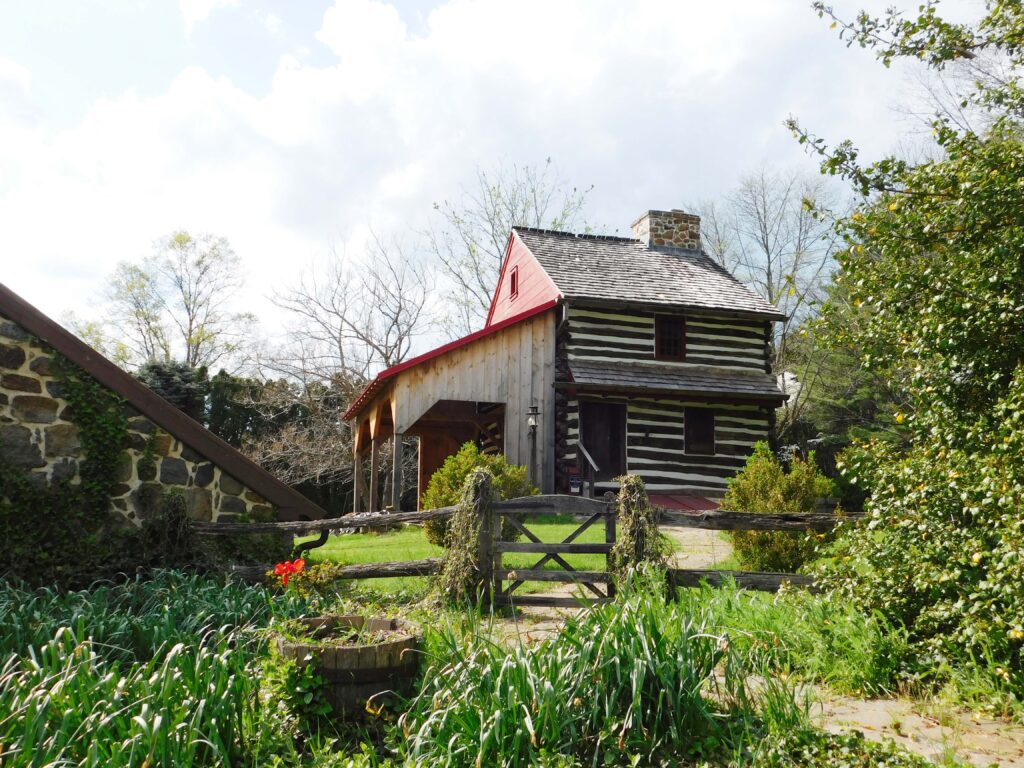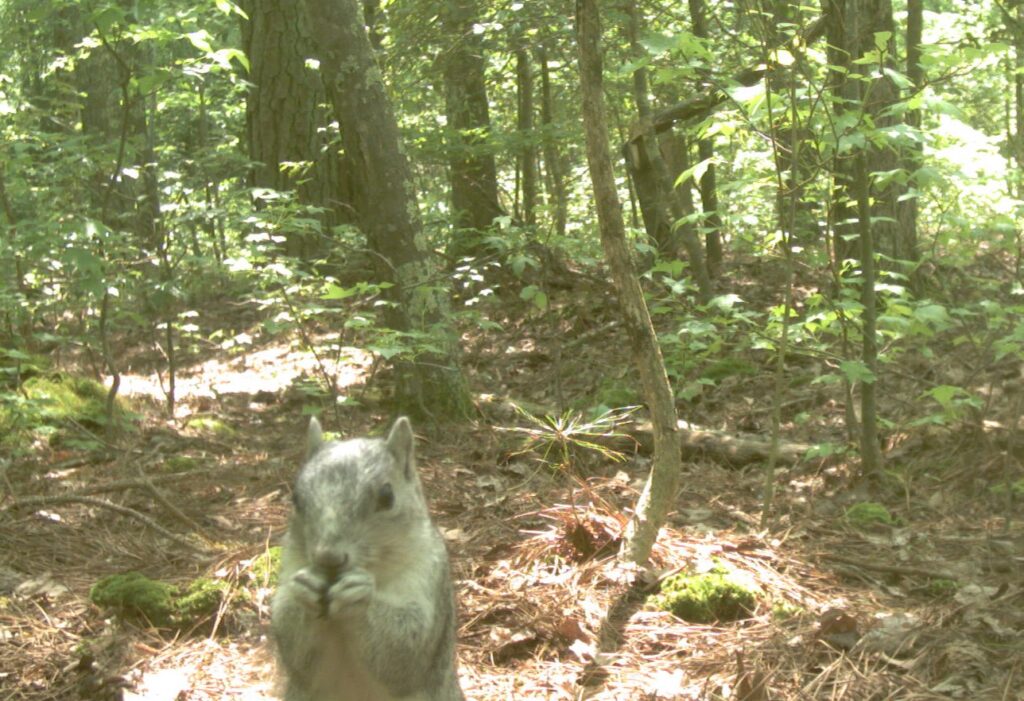Known for its scenic beauty, sprawling farm lands, and many trails and parks, Chester County has molded this scenic reputation through its dedication to land conservation. Despite the steady increase in population this southeastern Pennsylvania County has been experiencing over the years, tens of thousands of acres remain untouched by development thanks to its conscientious devotion to preserving open space. One major player in this conservation effort is East Bradford Township, found in the central eastern portion of the County. Along with the partnerships fostered with local and nationally known land trusts, including the North American Land Trust, and an impressive display of progressive thinking, East Bradford Township worked to preserve roughly 6,000 acres—more than 60% of its land mass—during a period when neighboring municipalities were rapidly overtaken by suburban development.
Born in 2000, East Bradford Township’s Open Space Program started with 200 acres and has since grown to include 3,500 acres permanently protected by conservation easement, deed restriction or municipal ownerships, with 30 conservation easements with multiple land trusts. Before its creation, the Township supervisors were interested in safeguarding the Township’s owned lands so as to prevent the future temptation to liquidate them, and thus conservation easements came to play an important role by preserving the land in perpetuity, adding an additional level of oversight and protection. With the ensured protection of these 200 acres, the Program was one of the first municipalities to use Act 153 of 1996, which authorizes “the Commonwealth of Pennsylvania and the counties thereof to preserve, acquire or hold land for open space uses.” In turn, Township voters approved an open space-dedicated income tax of 0.25%, generating $15.5 million in acquisition of interests in open space and allowing the Township to leverage $5 million more in federal, state, and county grants. As a result, the Township’s acquired interests accumulated to 30 conservation easements and approximately 500 more acres of fee-owned property.
Not only was the township forward-thinking in its timeliness with the use of this Act to conserve open space, but it displayed its dedication through its willingness to put a large debt obligation on the line, choosing to invest in land for the good of the public. Working with local land trusts and private land owners, the program and the acquired lands began to expand to include the assistance of the North American Land Trust (NALT). In view of potential political winds in Harrisburg undoing the ability of townships to hold referenda on open-space taxes, the Township granted conservation easements to NALT covering the 700 acres that the Township owns in fee. This donation guaranteed the protection of the open space purposes, which are held in perpetuity and cannot be reversed except by condemnation. Mandie Cantlin, Assistant Township Manager and Planning Commission Administrator, explains that, “the thing that NALT brought to our projects was a certain level of flexibility. We had worked with Natural Lands Trust and the Brandywine Conservancy, but we needed somebody thinking outside of the box.” NALT was willing to take on anomalies that typically do not fit into most land trust’s molds. Thanks to this reputable flexibility, NALT was able to help the township donate Conservation Easements on 14 properties, and the land trust and Township continue to work on more projects together.
At the time, “I don’t know whether anyone envisioned the scope and the need for open space, and the project has grown in unforeseen ways,” states Mandie Cantlin. Today, some of the notable properties include Skelp Level Park, Paradise Valley Nature Area, Shaw’s Bridge Park, Mt. Bradford Preserve, and Harmony Hill Nature Area. Harmony Hill, a conservation area that claims more than 240 acres, came as a particular surprise to the Township. The property had major liabilities, including “the trifecta of an old dump that was used by Sonoco Paper Company, a dam in the middle, and a dilapidated mess of a bridge,” Mandie elaborates. It was also a well-known location for mountain biking and dirt bike riding. The Township first approached Natural Lands Trust, a local well known resource, to see whether they were interested in owning the property, but the trust does not allow for biking trails on its conservation areas. As a result, in an appeal to the desire of the community to maintain biking trails, the township acquired the property, and working with two groups—the Chester County Trails Club and the West Chester Cycling Club—the 3 year process of cleaning up the land and constructing extensive trails for public use began. Several years later, NALT stepped into the picture and the township donated a Conservation Easement on Harmony Hill to the land trust.
Harmony Hill now includes more than 6 miles of 6 marked trails with 2 new ones added in the past year, all of which are used regularly by families, bikers, and leashed dogs. These trails weave through a hilly terrain immersed in a variety of trees, wander through ravines to parallel the beautiful East Branch of the Brandywine River, and sometimes meander near old springhouses. Paradise Farm Camp, a 600 acre children’s camp, and Sugars Bridge Nature Area are both adjacent to Harmony Hill, adding to the extensive splendid property and ensuring that hikers are truly surrounded by nature. The community is locally invested in the preservation of this conservation area and the maintenance of its trails, as many volunteers and both the Chester County Trails Club and the West Chester Cycling Club clean it up regularly in a collaborative effort. The area also attracts local Eagle Scouts, who helped build trails on the North and South sides as part of their community service projects, and who continue to diligently volunteer here. Harmony Hill, as well as the many other conserved parks and trails found nearby, showcases the team effort of East Bradford Township, NALT, and community. As a result of their devotion to conservation, families can interact with and appreciate nature, enjoy outdoor exercise, and relish in beautiful open space that could have just as easily been transformed into a development.
And it looks like the Township may have had more foresight in the creation of its Open Space Program than it had originally predicted, as the large debt that was wagered to acquire land is being paid back in more ways than one. According to a study published by the Delaware Valley Regional Planning Commission in 2011, Southeastern Pennsylvania’s 200,000+ acres of protected open space has generated substantial economic benefits. On average, the protection of open space within this 5 county region increases property values by $10,000 per household, saves local governments and utilities more than $132 million per year in costs associated with environmental services, provides free exercise and avoids hundreds of millions annually in avoided medical costs, and creates thousands of jobs related to the maintenance of open space. In addition, this conservation of open space offers considerable environmental benefits by protecting wildlife habitat, providing air pollution removal through botanic respiration processes of trees, creating a natural protective buffer between human activities and water supplies, and storing water for Pennsylvania’s fresh and clean water supply, such as the Brandywine River.
With just over 50,000 acres of conserved land in its collection, Chester County has a multitude of reasons to continue its goal of preserving 30% of its land by 2019, and East Bradford Township and the North American Land Trust have, and will continue to assist the County in the conservation of open space. Thanks to progressive leadership, a land trust’s devoted flexibility, and hours of collaborative efforts of local volunteers, the people of East Bradford Township and neighboring townships can sleep easy knowing that their favorite walking trails will forever be preserved as public open space.
-Monica McQuail, published in the Daily Local News



